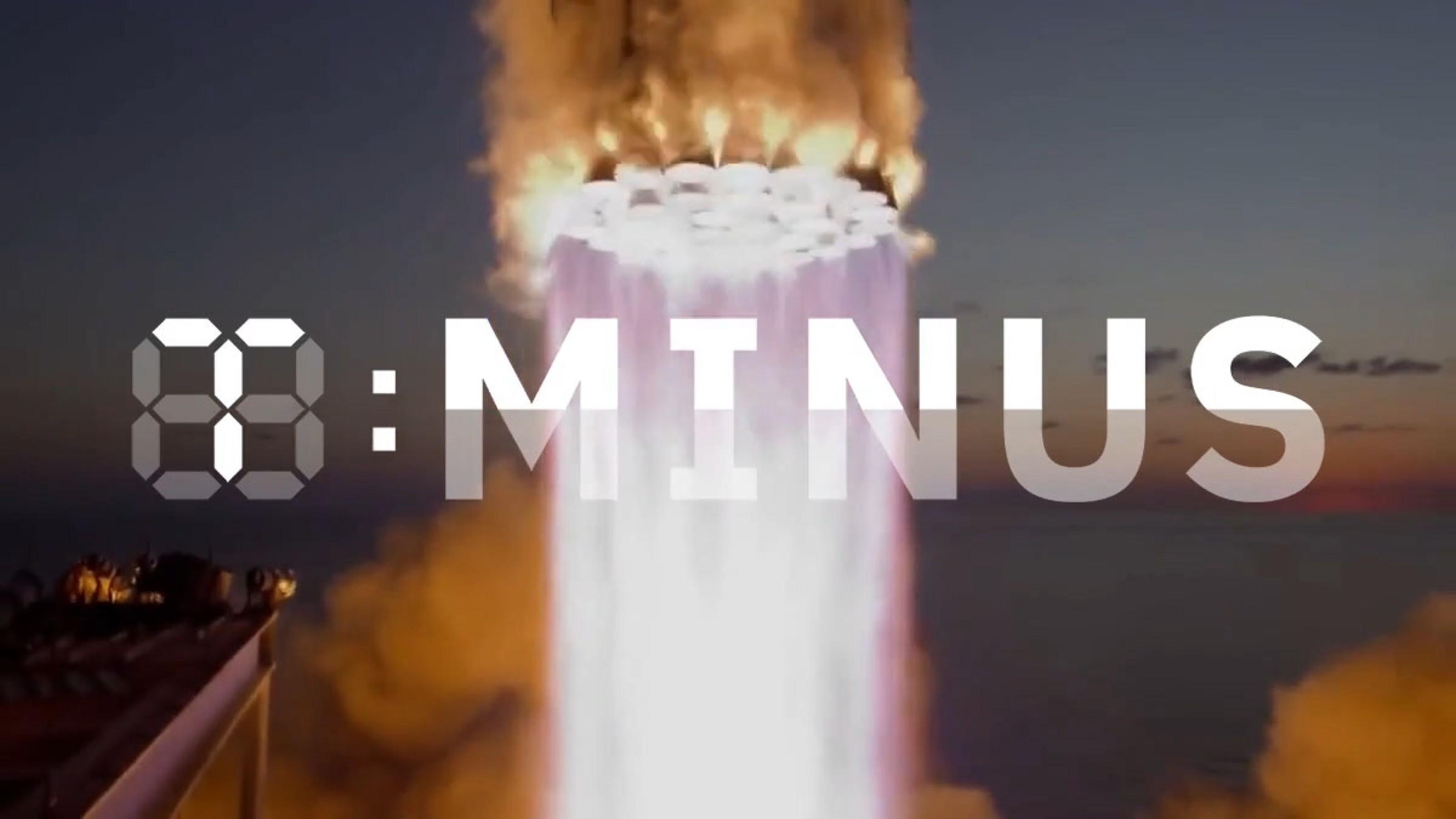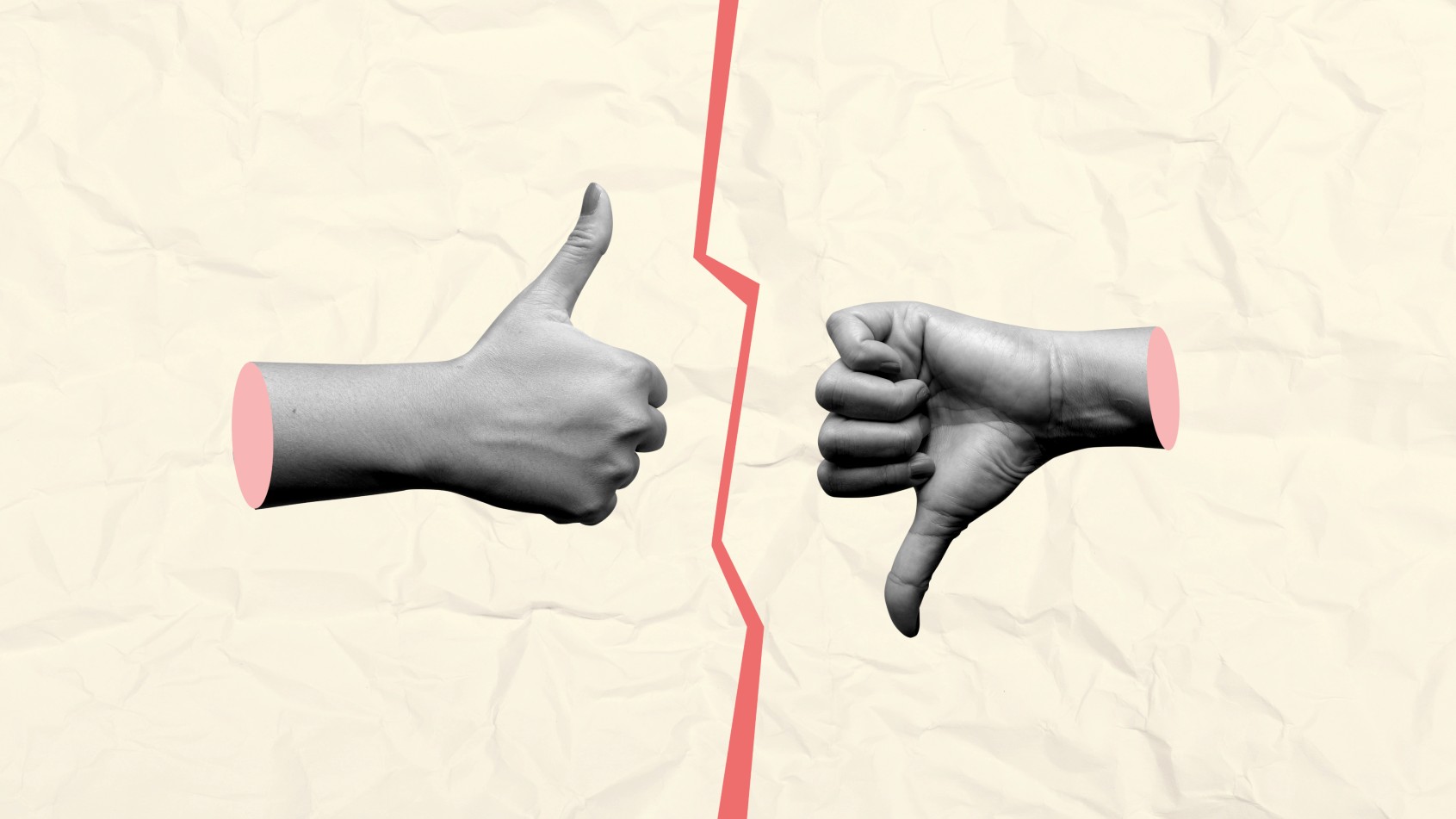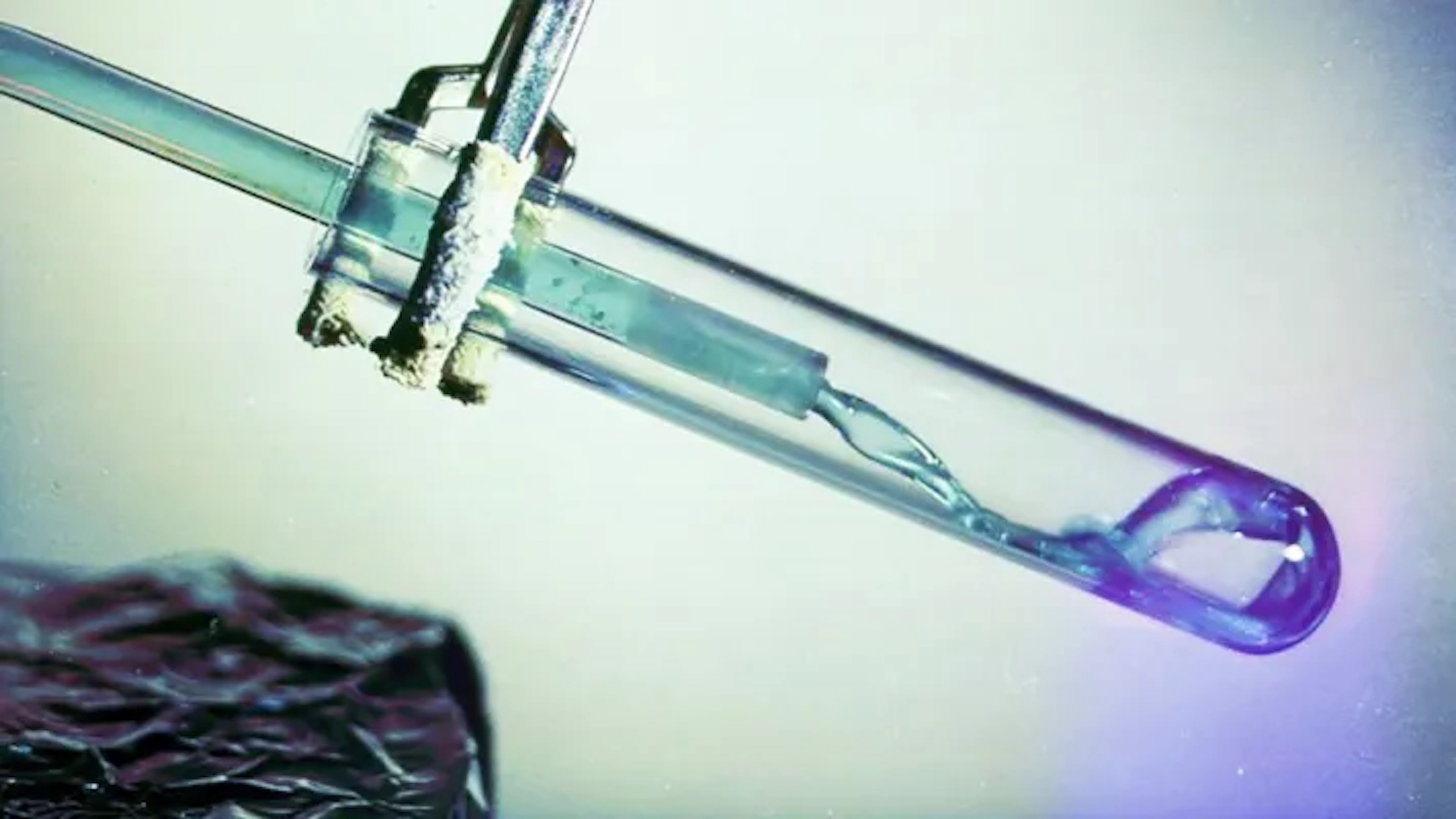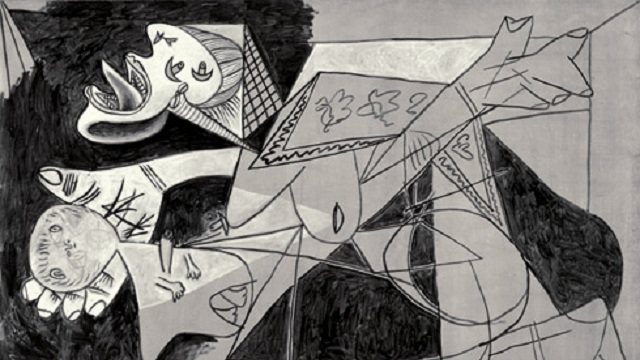Monkeys, flea jars, crab buckets, and educational risk-taking

Part 1. Monkeys There’s an apocryphal story about monkeys – based loosely on a real experiment – that goes something like this:
Stage 1. Monkeys 1, 2, 3, 4, and 5 live in a cage. A researcher hangs a banana down from the top and places a ladder underneath the banana. However, every time a monkey tries to climb the ladder to get to the banana, the researcher sprays the monkey with freezing cold water, causing him to retreat. The researcher ALSO sprays the other four monkeys. Pretty soon, all of the monkeys learn that none of them should go anywhere near the banana because they will all be sprayed with ice water. If an individual stubbornly tries to get the banana anyway, the other monkeys will vigorously intervene (i.e., beat him up). The monkeys not only have been conditioned into a state of learned helplessness but now actively engage in behaviors that reinforce that state.
Stage 2. Take Monkey 1 out and introduce a new monkey, Monkey A, instead. Monkey A, of course, never has been sprayed with cold water and just sees a tasty banana within reasonable reach. Every time he moves toward the banana, however, the other four monkeys start beating him up. Monkey A has no idea why this happens, but pretty soon he too internalizes the idea that no one should try and get the banana.
Stage 3. Take Monkey 2 out and introduce a new monkey, Monkey B, instead. Monkey B experiences the same thing that Monkey A did: move toward the banana and the other four monkeys start beating you up. Monkey A joins in the enforcement even though he doesn’t know about and never experienced the original reason that led to the behavior.
Stage 4. Keep taking the original monkeys out until you have all new monkeys, Monkeys A through E, in the cage. By this time, the original reason for staying away from the banana has long been relegated to the dustbin of history and none of the current monkeys have experienced an icy spraying. Yet, all of the new monkeys vigorously enforce the prohibition against trying to get the banana because, hey, that’s how we do things around here.
Part 2. Flea jars Yesterday Mark Schneider, a superintendent in Iowa, shared this video about a flea jar. He asked, “Are our classrooms like a flea jar?”
Part 3. Crab buckets My former colleague at the University of Minnesota, Dr. Jennifer York-Barr, used to note that some schools had what she called ‘crab bucket cultures.’ In these schools, whenever an enterprising teacher did something new and excellent that also was perceived to be too far beyond the norm, the other teachers would engage in behaviors that were intended to hold her back and instead re-align her to what everyone else was doing (or not doing). Stated differently, they would pull her back down, just like crabs in a bucket do if one tries to escape.
Part 4. Educational risk-taking The point of these three examples is this: organizational norms are powerful shaping mechanisms on individual and group behavior. In schools, this idea manifests itself in a number of limiting ways. For example, after years of being told to ‘just give us the right answer,’ students internalize the idea that there already is one, that someone else already has it, and that to be successful all they have to do is find it and regurgitate it back to those in power. Students quickly understand that for nearly every situation, the better they learn to just sit down, shut up, listen to the adult, and do what they’re told, the better off they’ll be. Similarly, teachers learn from policymakers, administrators, and, yes, their peers that they shouldn’t be too innovative or else: significant experimentation and creativity may be allowed elsewhere but not here!
The challenge for us, however, is that we live in a time of significant disruption. As new information environments, economic realities, and learning landscapes form themselves before our very eyes, transitioning our school systems so that they are relevant for today and tomorrow, not just yesterday, is going to require gobs of innovation and experimentation. Yet we have schooling, policy, and leadership cultures that are extremely intolerant of risk-taking and, indeed, will vigorously intervene to reinforce static processes, mindsets, and behaviors.
As school leaders, how do we foster environments of risk-taking and innovation (rather than compliance) for both students and employees? And what can we do to help teachers and students stop actively reinforcing learned helplessness and self- or peer-limiting behaviors?





